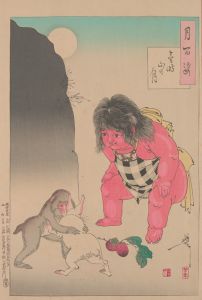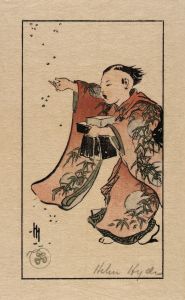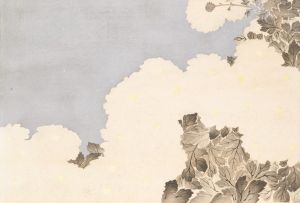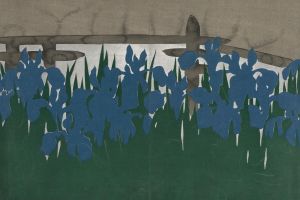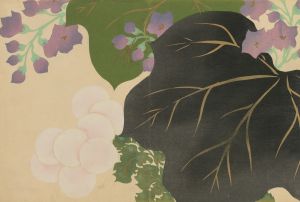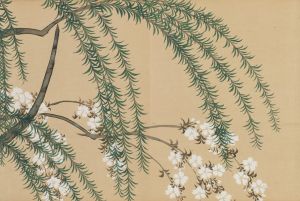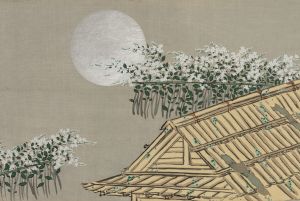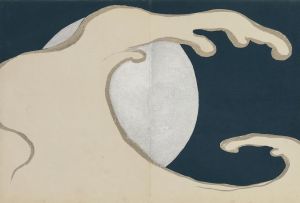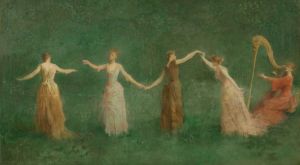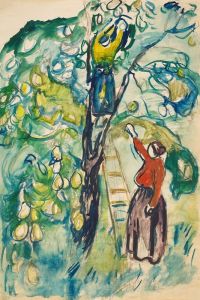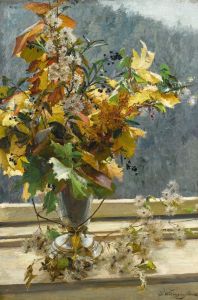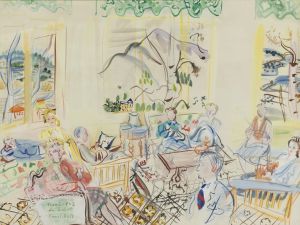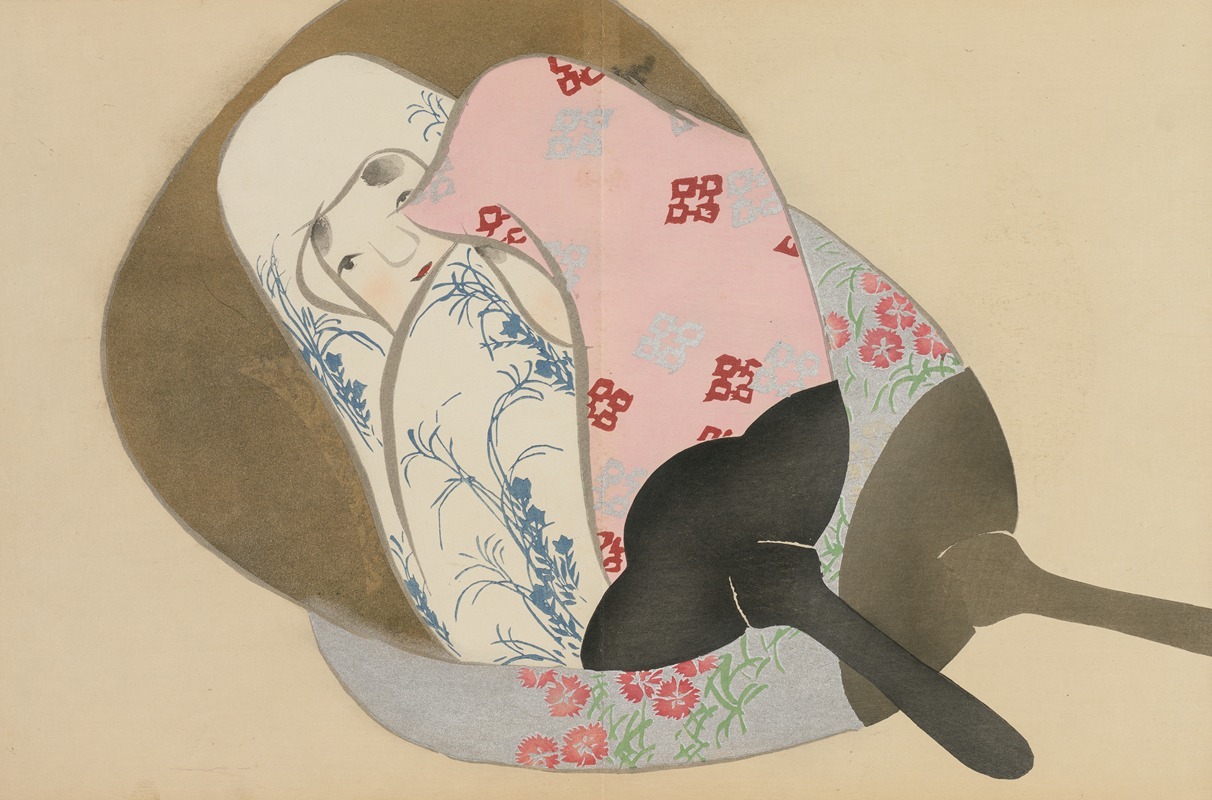
Fans
A hand-painted replica of Kamisaka Sekka’s masterpiece Fans, meticulously crafted by professional artists to capture the true essence of the original. Each piece is created with museum-quality canvas and rare mineral pigments, carefully painted by experienced artists with delicate brushstrokes and rich, layered colors to perfectly recreate the texture of the original artwork. Unlike machine-printed reproductions, this hand-painted version brings the painting to life, infused with the artist’s emotions and skill in every stroke. Whether for personal collection or home decoration, it instantly elevates the artistic atmosphere of any space.
Kamisaka Sekka (1866–1942) was a prominent Japanese artist and designer, renowned for his contributions to the Rinpa school of painting, which is characterized by its vibrant colors, use of gold and silver, and emphasis on natural themes. One of his notable works is "Fans," a piece that exemplifies his mastery in blending traditional Japanese aesthetics with modern influences.
"Fans" by Kamisaka Sekka is a quintessential example of the Meiji period's artistic transition, where traditional Japanese art began to incorporate elements from Western art. This period was marked by Japan's rapid modernization and increased interaction with Western cultures, which influenced many aspects of Japanese life, including its art. Sekka, being a forward-thinking artist, embraced these changes and integrated them into his work while maintaining the essence of Japanese tradition.
The artwork "Fans" features a series of folding fans, a motif commonly found in Japanese art due to its cultural significance. Fans in Japan are not only practical objects but also carry symbolic meanings, often associated with good fortune and the spreading of happiness. In Sekka's depiction, the fans are adorned with intricate designs and patterns, showcasing his skill in detail and composition. The use of vibrant colors and bold outlines is characteristic of the Rinpa style, which Sekka revitalized during his career.
Sekka's approach to "Fans" reflects his training and background. He studied under several masters of the traditional Japanese arts and was deeply influenced by the Rinpa school, which dates back to the early 17th century. This school is known for its decorative style and use of natural themes, such as flowers, birds, and landscapes. Sekka's work often features these elements, reimagined through his unique perspective that blends the old with the new.
In "Fans," Sekka employs a technique known as tarashikomi, where colors are applied to a wet surface, allowing them to blend naturally and create a subtle gradation. This technique is a hallmark of the Rinpa style and is used effectively in "Fans" to give depth and texture to the designs on the fans. The composition is both dynamic and harmonious, with each fan positioned to guide the viewer's eye across the artwork.
Kamisaka Sekka's contributions to Japanese art extend beyond his paintings. He was also a designer and educator, playing a crucial role in the development of modern Japanese design. His work in "Fans" and other pieces helped pave the way for future generations of artists, bridging the gap between traditional Japanese art and contemporary design.
Today, "Fans" by Kamisaka Sekka is celebrated for its beauty and historical significance. It serves as a testament to the artist's ability to innovate while respecting tradition, making it a valuable piece in the study of Japanese art history. Sekka's legacy continues to influence artists and designers, both in Japan and around the world, highlighting the enduring appeal of his work.





